|
13th July 2021 It's a Tuesday evening and I'm at The Sovereigns in Woking with the Woking Gaming Club. Where would eurogaming be without Renaissance Italy? The pageantry, the politics, the scheming and the vying for power, you know how it goes: A seemingly limitless mine of game design opportunities. This is where Lorenzo il Magnificio comes in, a game where players control noble families in Florence competing to be the most prestigious, famous and of course.... most pious! What's in a game?
The boards and tiles are suitably thick, the resource cards are of a standard quality as you'd expect. Tokens are all made of wood, which I always like, including the nicely rounded dice. The standout components however, are the family workers, instead of discs, they're these tall cylinder shapes that are easy to pick up. It makes sense as I'm sure they're going to be the components that get handled the most; practical and appealing. Lorenzo il Magnificio features attractive artwork throughout, the boards all display pretty, somewhat stylised art work cleverly produced to incorporate all the game's worker spaces. Art on the cards is little pared back to make room for iconography. Talking of which, all the game's symbols and text was easy to read. Lorenzo il Magnificio has good, solid components and presentation. How's it play? Setup
Lorenzo il Magnificio is played over 3 periods, with 2 rounds per period, which equates to 6 rounds in total. Each round has its own setup phase before the players act in turn order, additionally at the end of every period (2nd, 4th and 6th rounds.) there's an additional step; the Vatican report step. A round progresses as follows:
Endgame Calculate points from the following: Current score plus points for acquired territory cards and character cards, end-of-game victory points for venture cards. The player with the highest military score gains an additional 5 victory points, 2nd highest acquires 2 extra victory points. Finally, every set of 5 combines resources scores an additional point. All points are tallied, highest score wins. Overall
Lorenzo il Magnificio sits towards the heavier end of games in my opinion, mechanically speaking, at it's core it's not a particularly complex game, but there's a lot of exceptions and variations to consider when trying to buy those all-important development cards and managing faith and military scores and the resources required to do all this. Don't forget those 2 engines you'll need to build either in order to gain and change those resources, or the abilities that character cards confer or the endgame points that venture cards grant. Like I said, a lot to think about. The game uses 4 types of resource and 3 types of score (Two of which can also be spent at times.) and mixes a few types of game mechanics; there's a bit of worker placement, a bit of engine building and a bit of resource management. Where it throws a spanner in the works though, is the use of dice to randomise the value of workers. A couple of low rolls can force players to change their strategies, particularly when competing for development cards, however, the use of servants can potentially mitigate low rolls, even so, players will have to adapt to circumstances. Furthermore, players have relatively limited moves to play with, each player has 4 workers they can use over 6 turns, giving 24 placements in total, which is why building the engines that essentially get triggered for free is so vital. Synergy and move optimisation are also key to this game. There are several approaches to scoring points in Lorenzo il Magnifcio, although these strategies are down to which development cards are acquired, development cards are the game's most vital element to winning and most actions are in service of getting those cards. However, the game seems a fairly well balanced, nothing felt overpowered or unimportant, decisions always felt meaningful and because of limited moves, these decisions generally felt tricky. If I had one criticism of the game; it's the excommunication tiles, they feel negative, but I guess that's the point of them. If someone wanted to play this, I'd have no qualms joining in. It's not one of my favourites, but it's still enjoyable. If you have a hankering for a heavy-ish worker placement game set in Renaissance Italy, you'll probably like this.
0 Comments
Leave a Reply. |
AuthorI play, I paint. Archives
March 2024
Categories
All
|

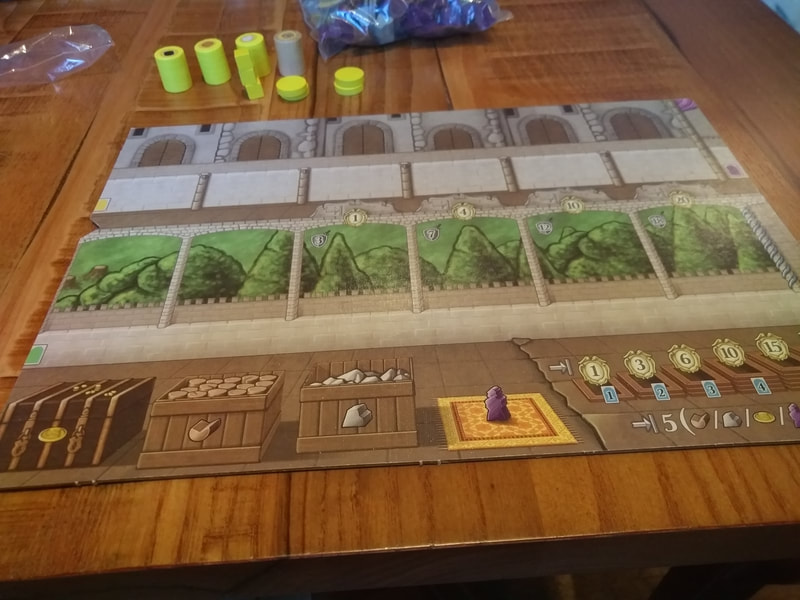
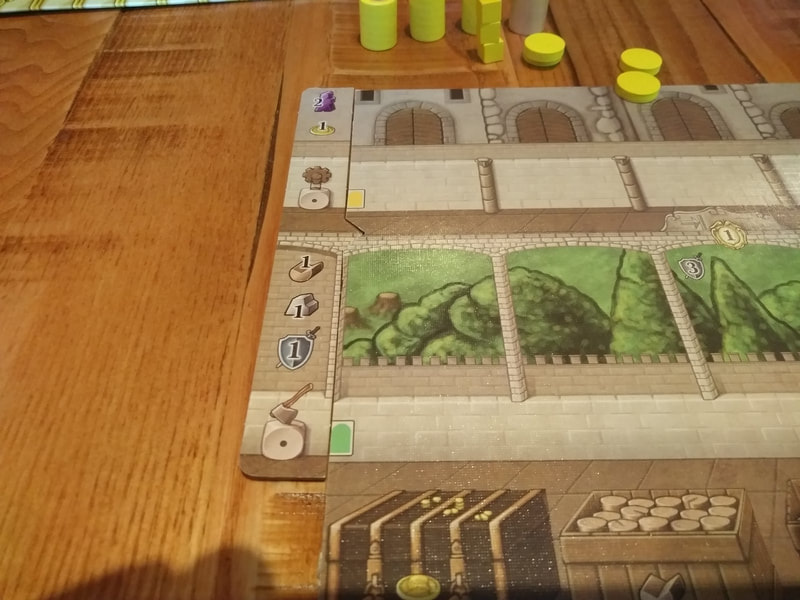
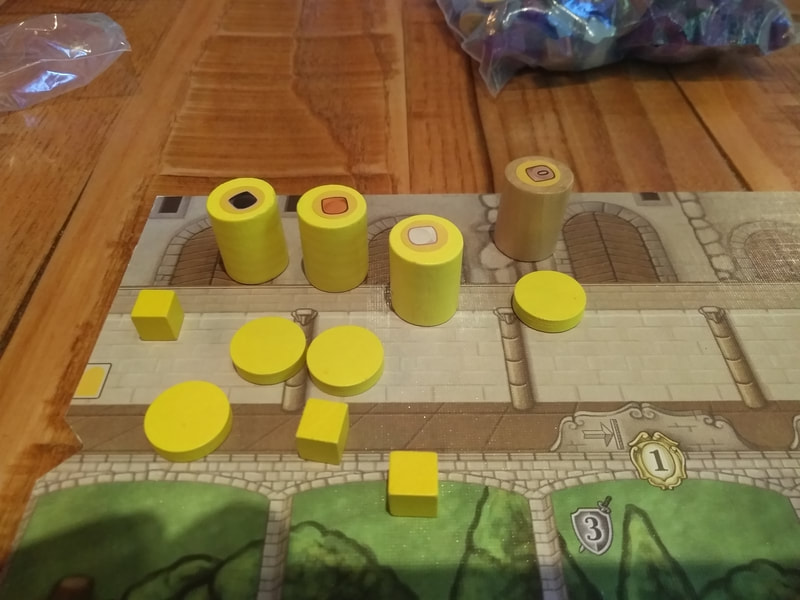
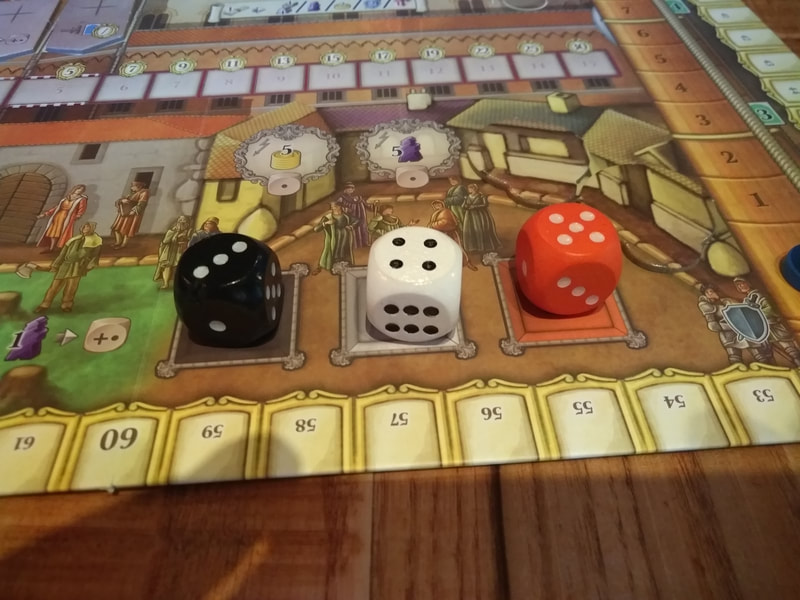
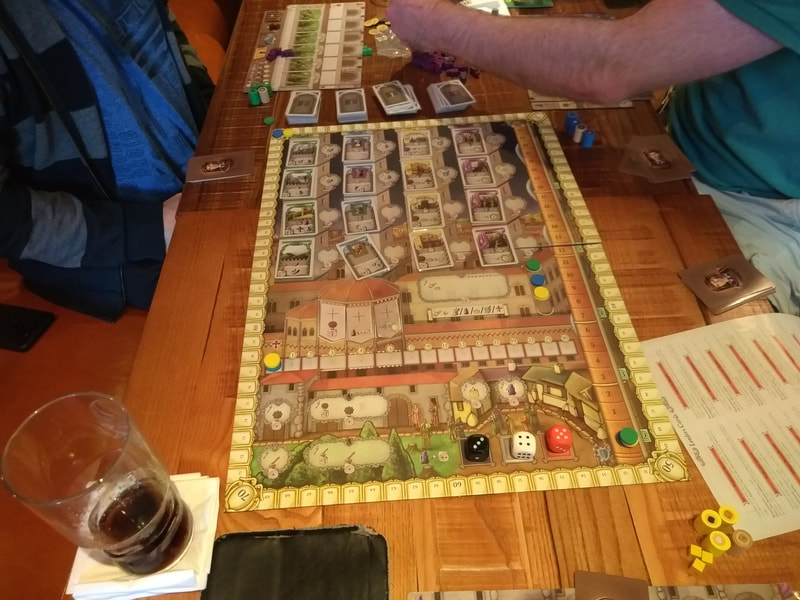
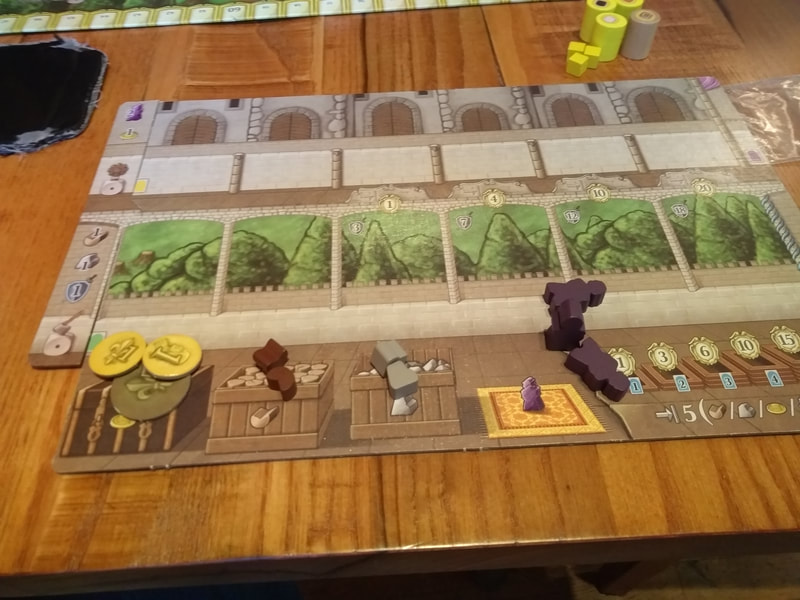
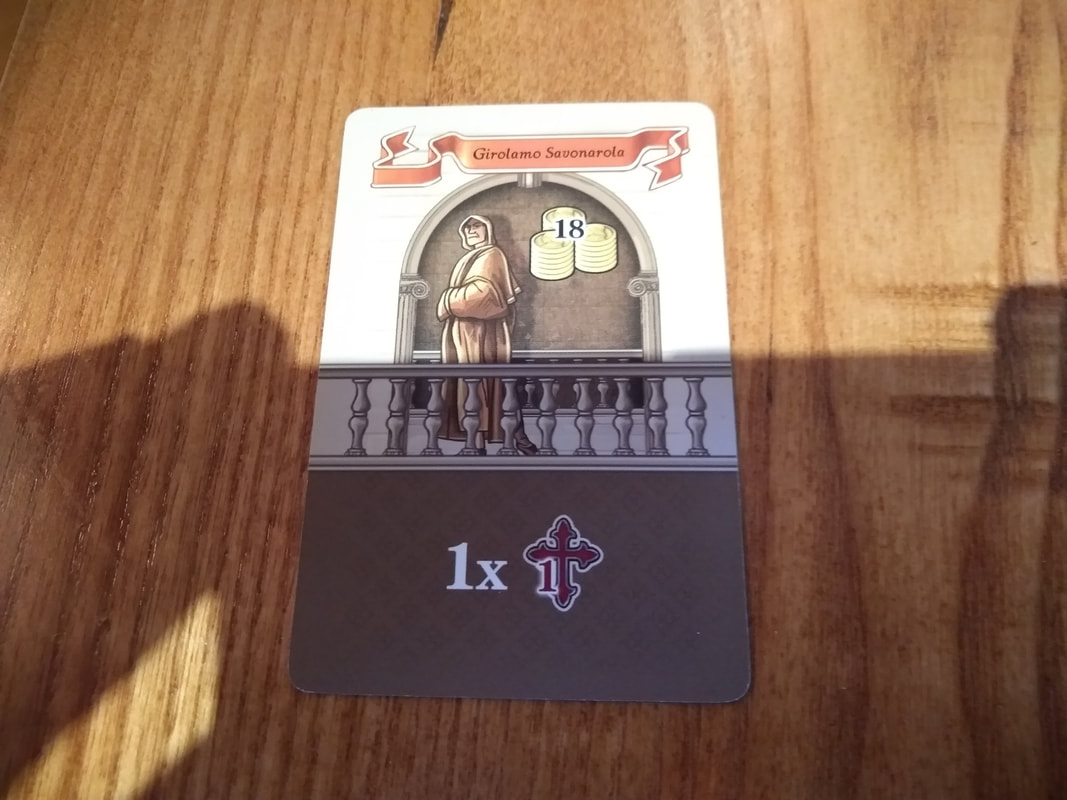
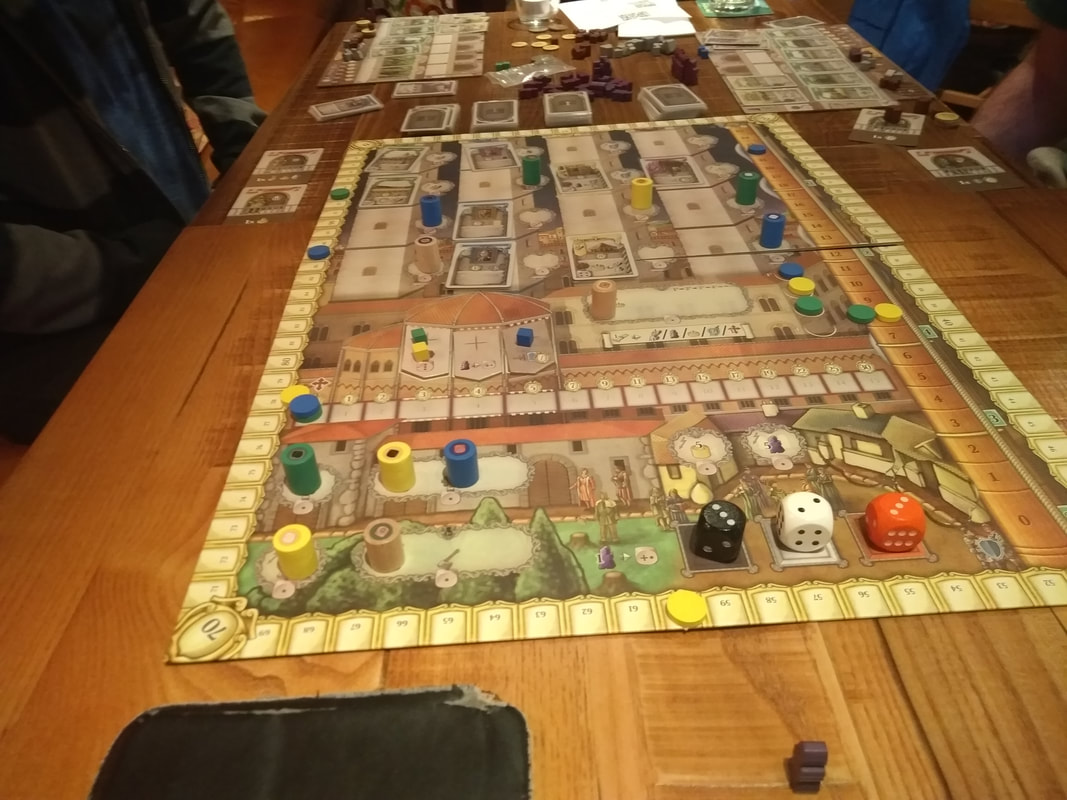
 RSS Feed
RSS Feed
